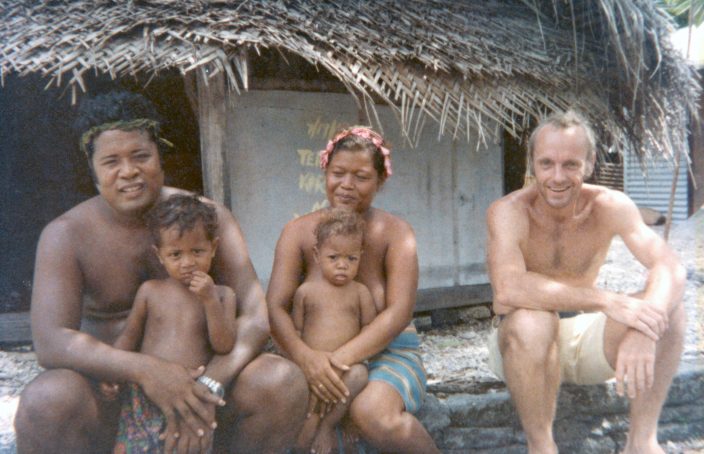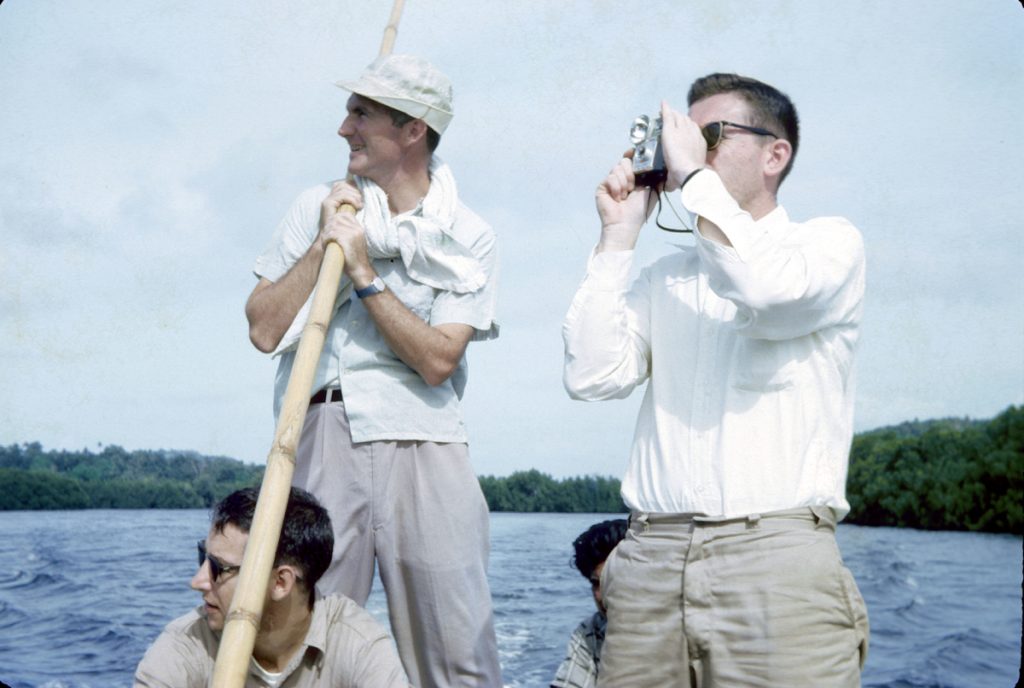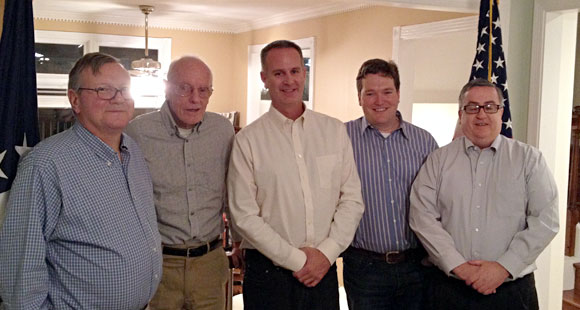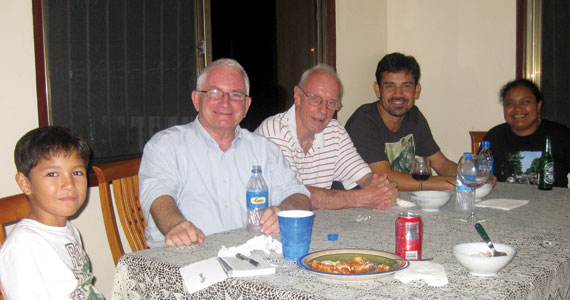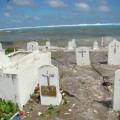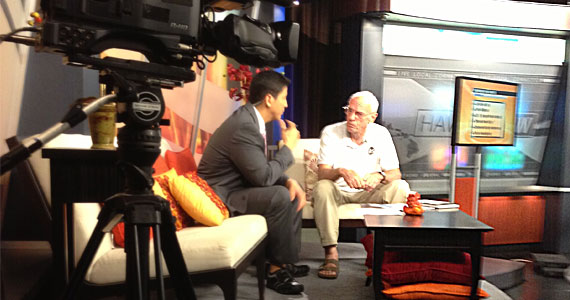Tourism’s Take-Off in Micronesia
In the 1960s everything seemed possible. Want to grow a major tourist industry for a small island nation? No problem.
Continental Airlines had just entered the region, bringing jets and the promise of a strong marketing campaign. ?Feel the warmth of Paradise? was the slogan on the posters that were beginning to appear in Asian and American cities.? Within a few years, Continental built its own hotels in Palau, Chuuk, and Saipan.
Tourism was the great hope in those days for tiny islands with many resources. The theory was that if you had the attractive beaches, good air service, and hotels to house your guests, you, too, could be just like those places in the Carribean that had struck it rich.
The different island groups in Micronesia were crouched at the starting line ready to run. ?On your marks… get set…??? With that the race began for tourist dollars in islands badly needing an engine for development.
All of us who have spent any time in the region know how the race ended. But if you?re interested in finding out just how things developed over the years and what factors proved decisive in the results, you might want to check out a new booklet of mine just published by East-West Center.? It?s available on-line by clicking here.
The story of tourism in three places in Micronesia also offers cautions for other Pacific countries in search of a vibrant industry. Tourism can be a boon to a slow economy. But successful tourism requires a lot more than beautiful beaches, warm weather, and a few good hotels.

The Chuuk airport in the mid-60s; all the men shown are Jesuits sending off one of our men to the U.S.

